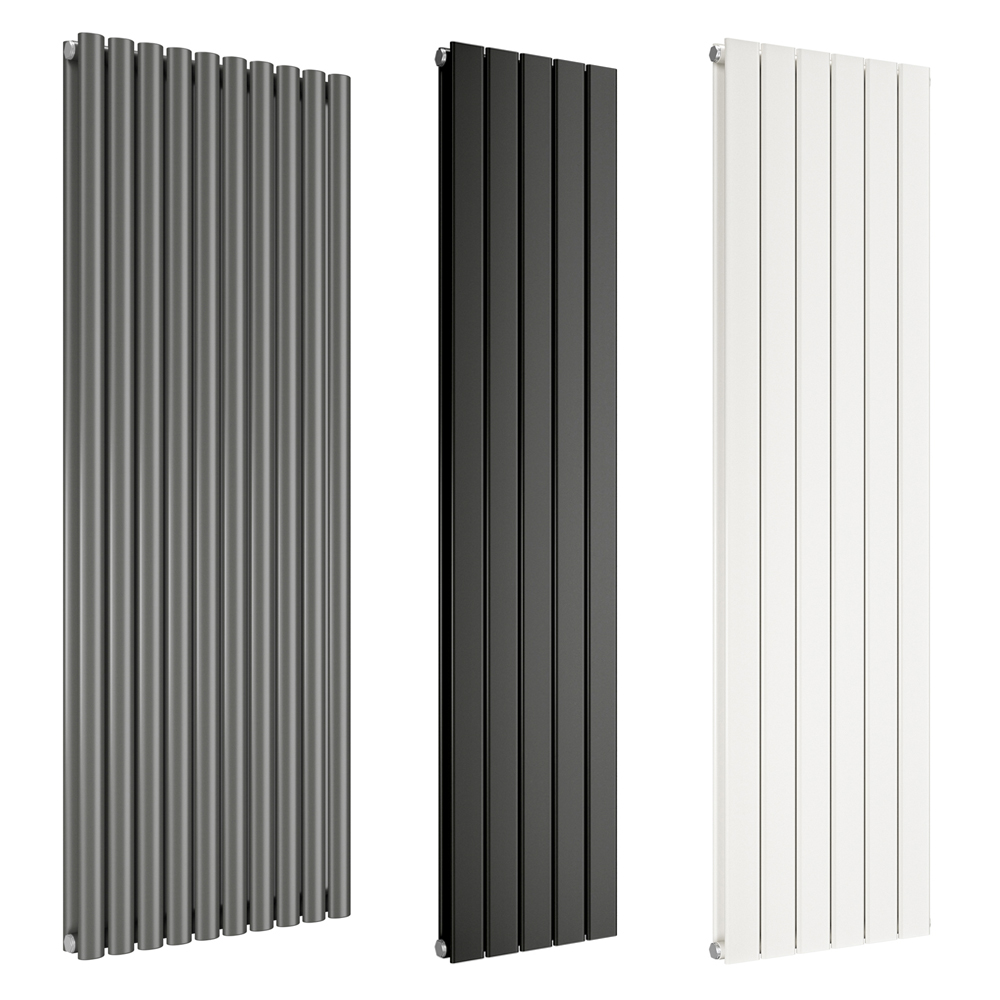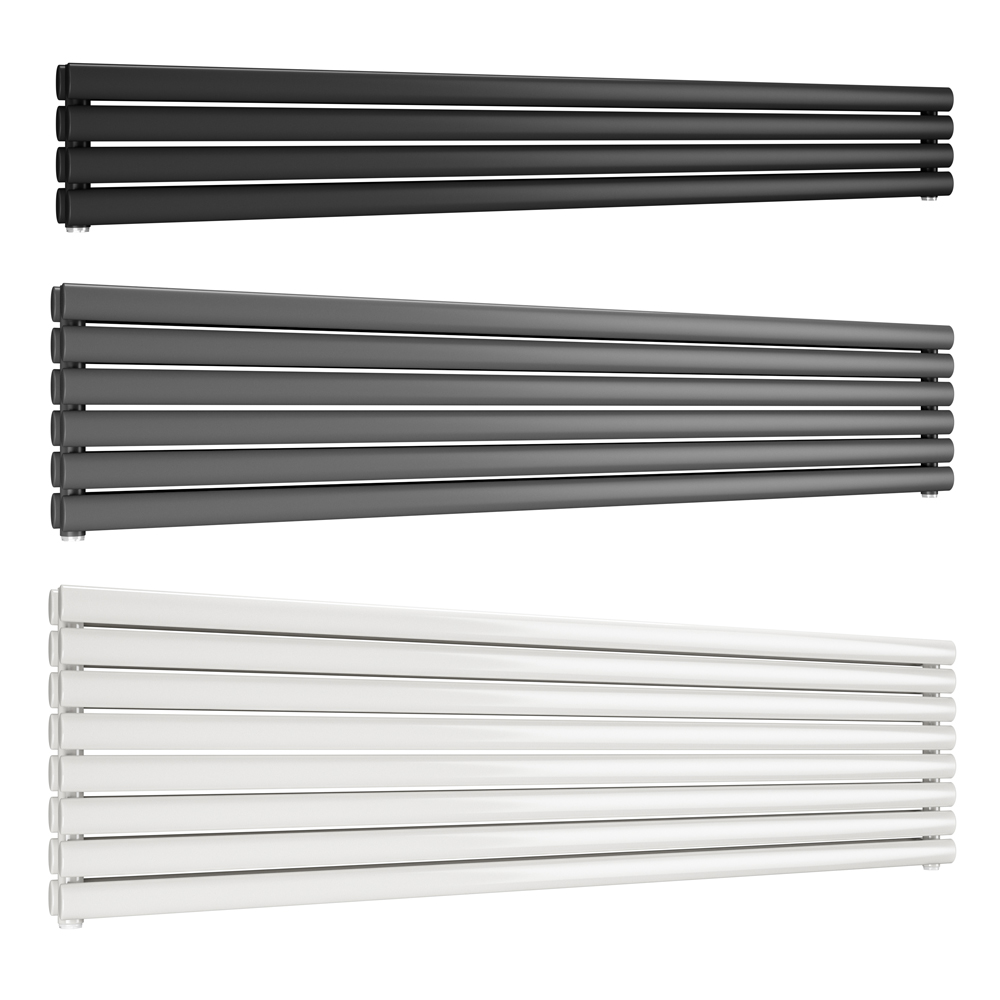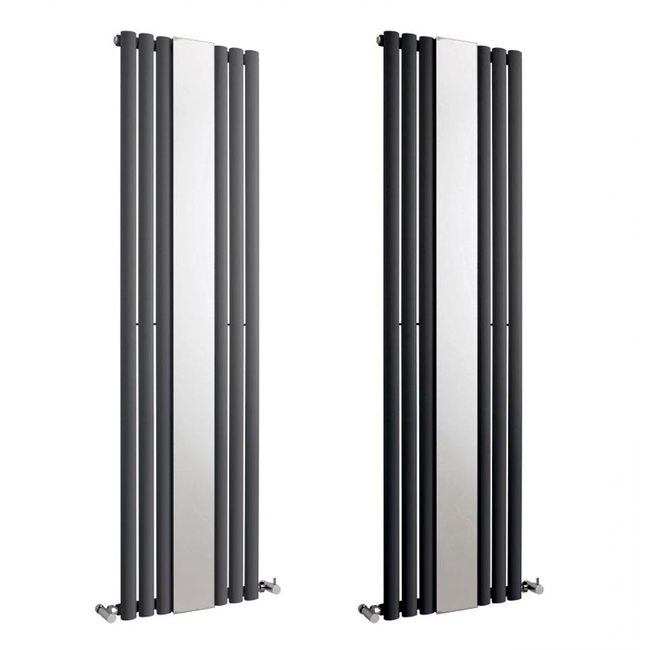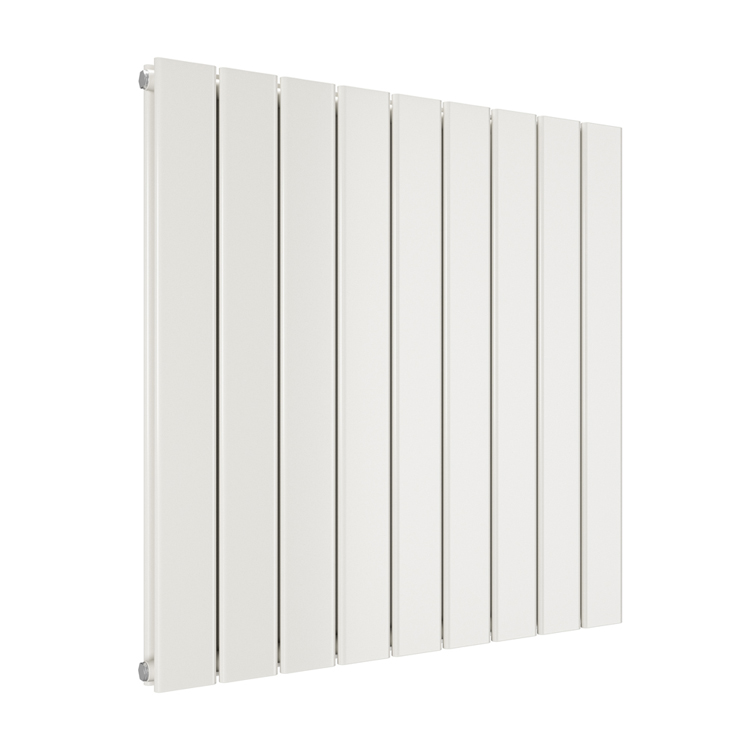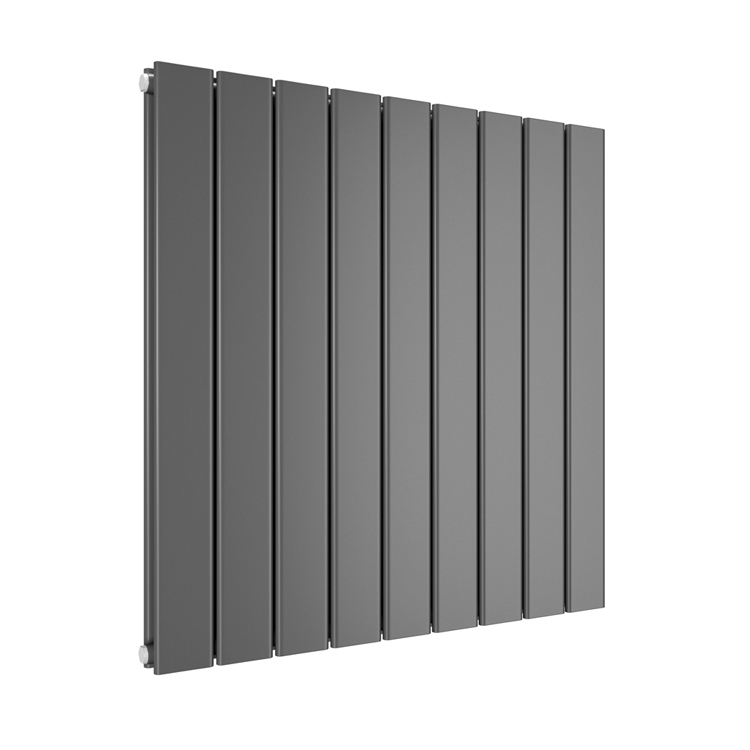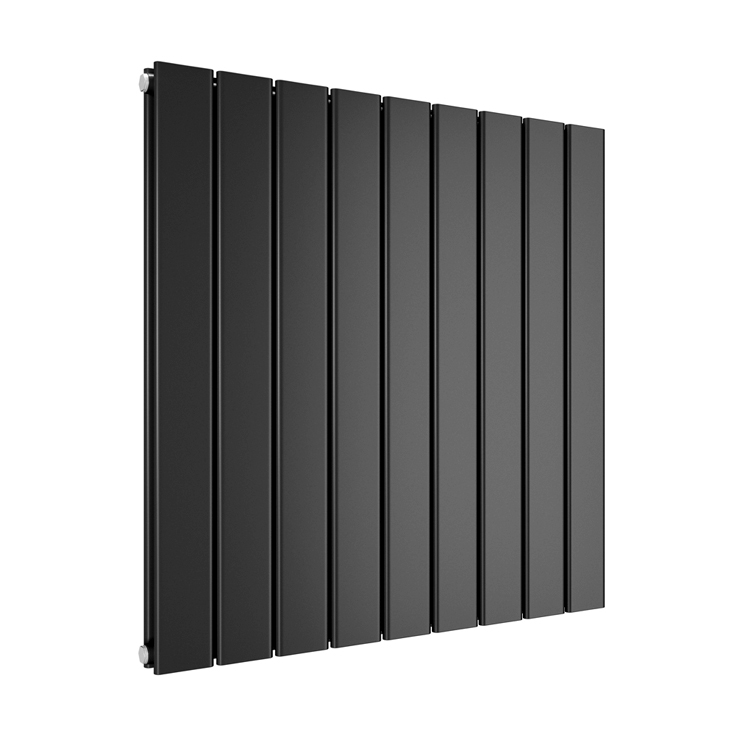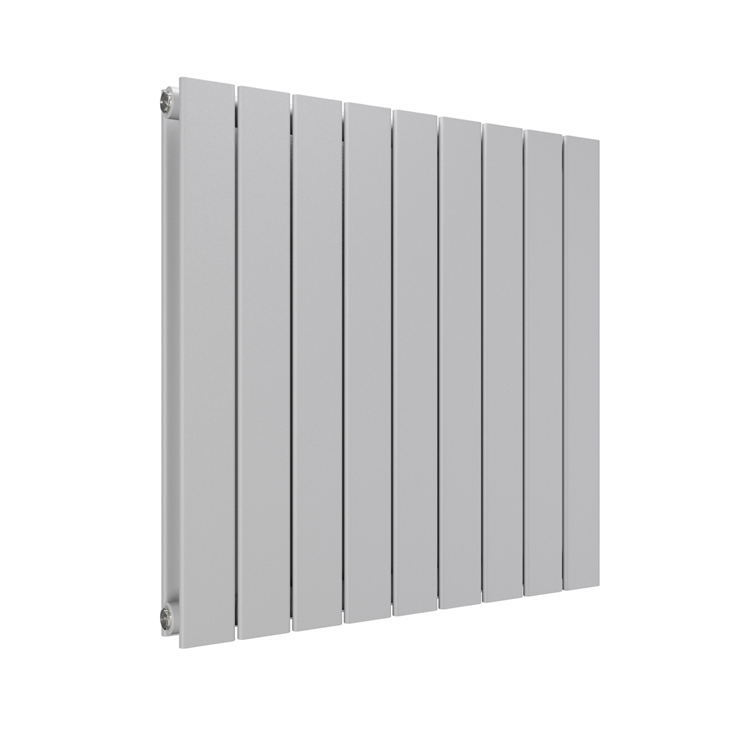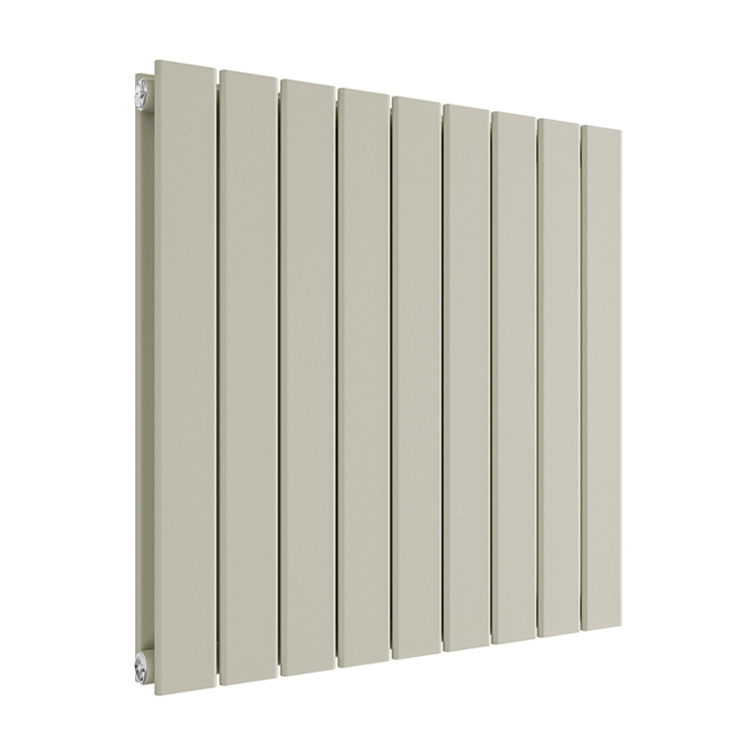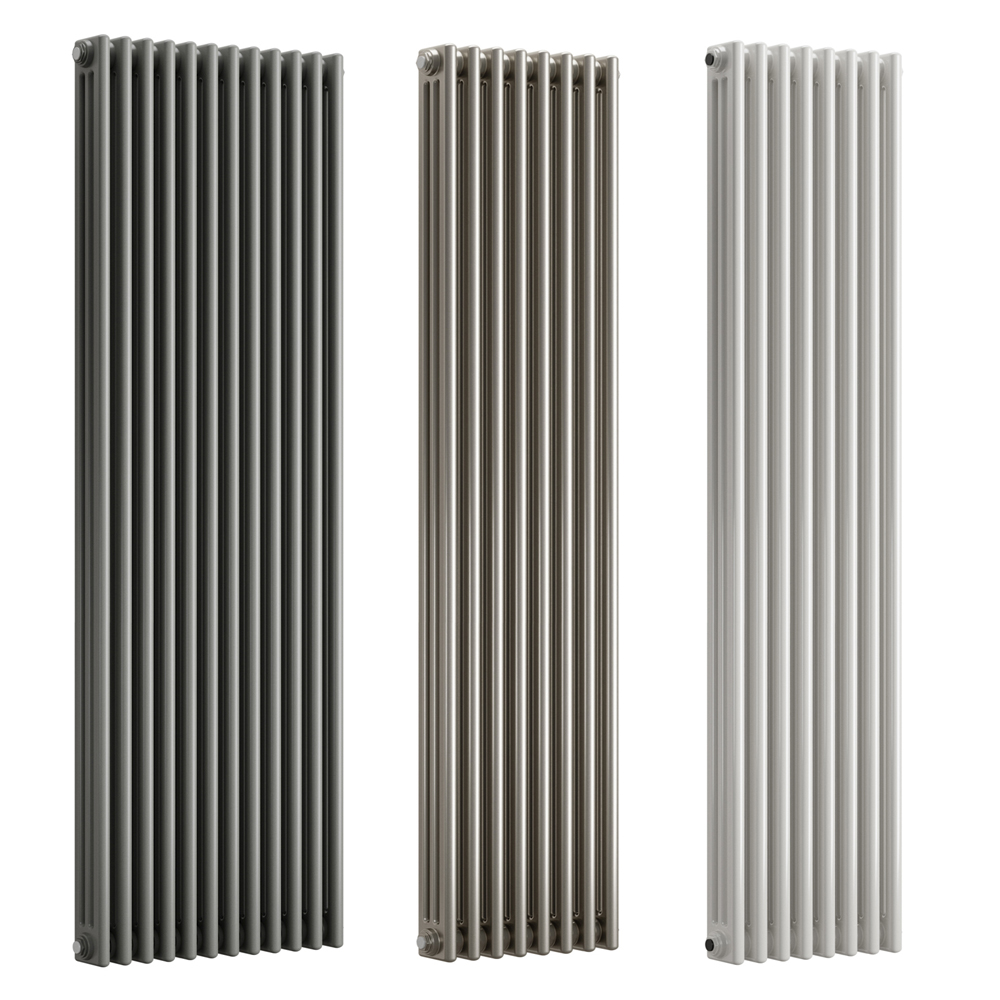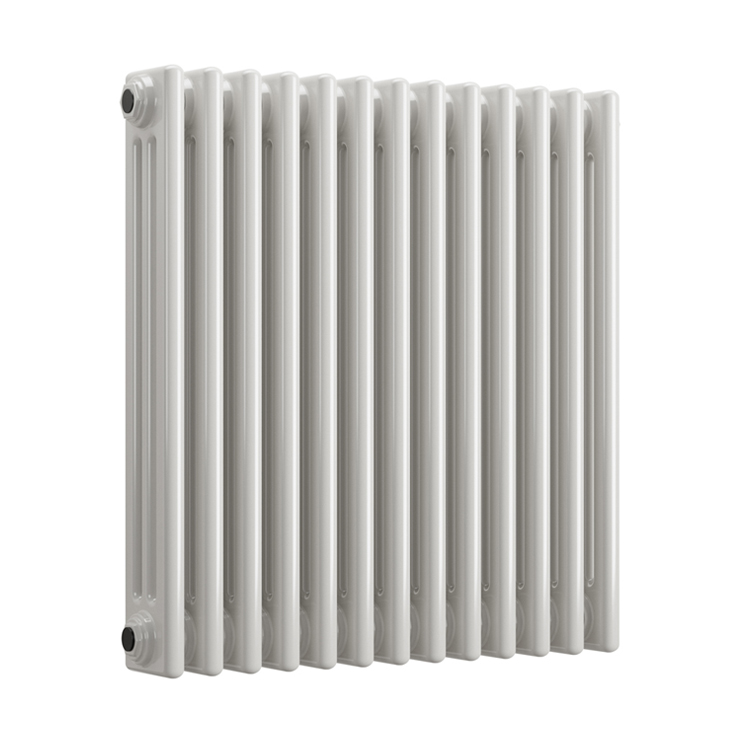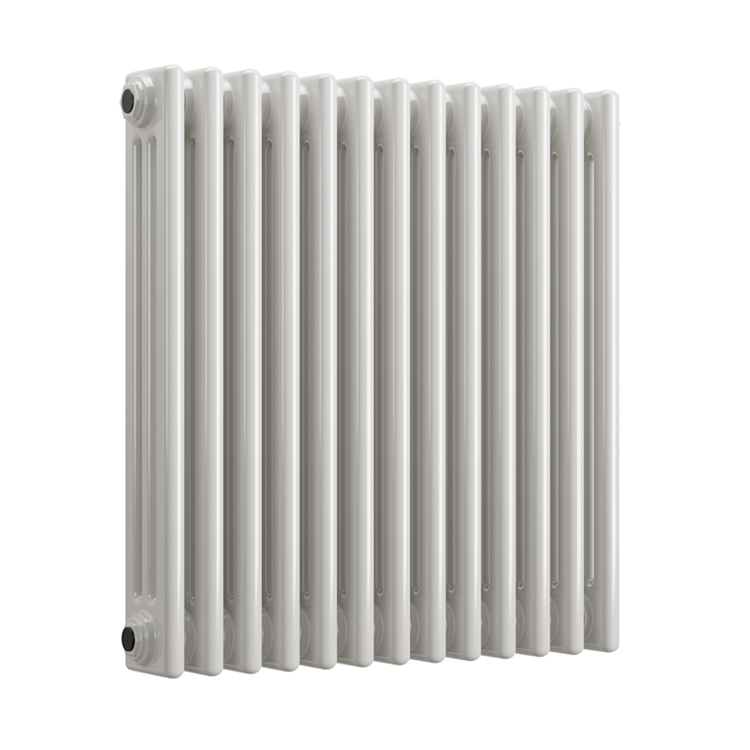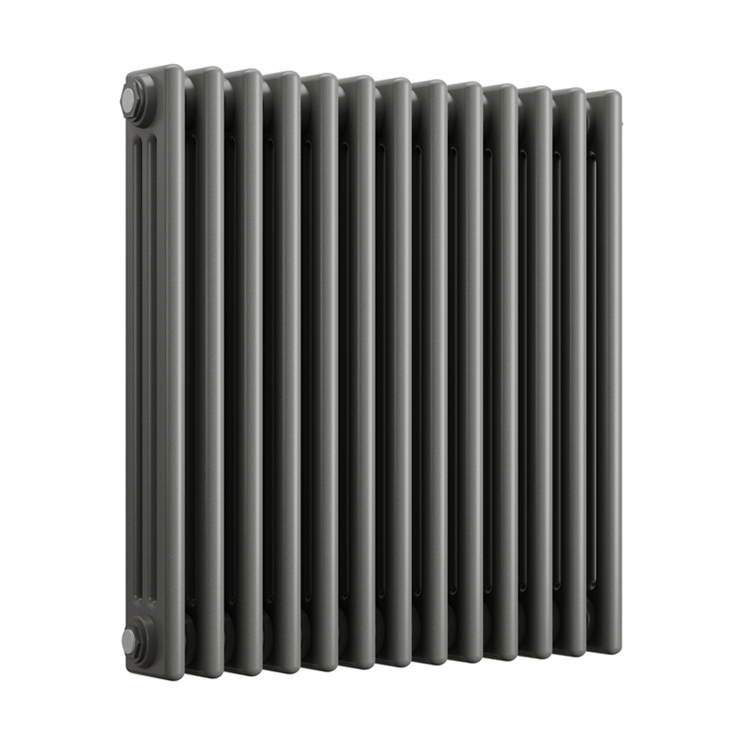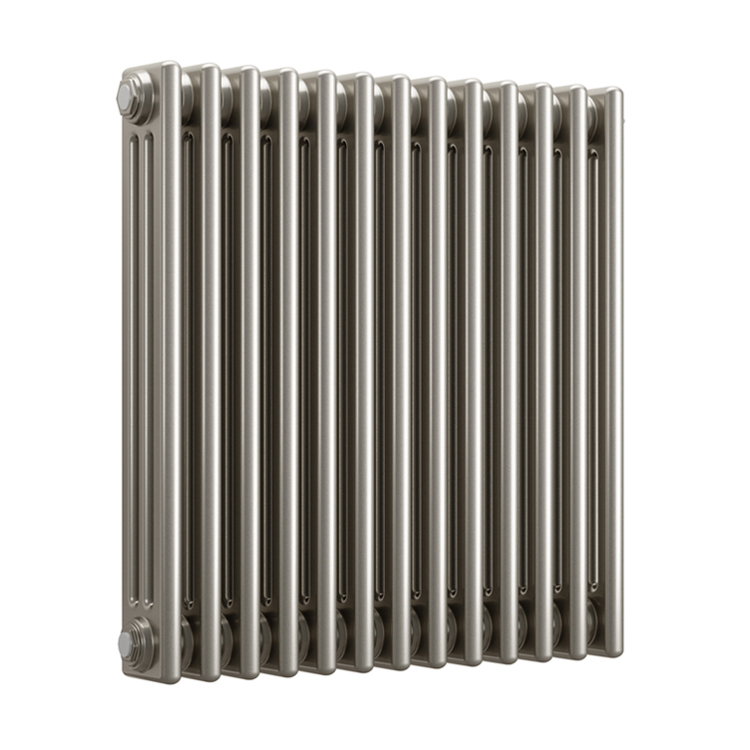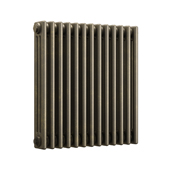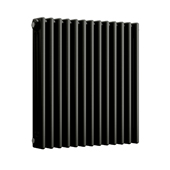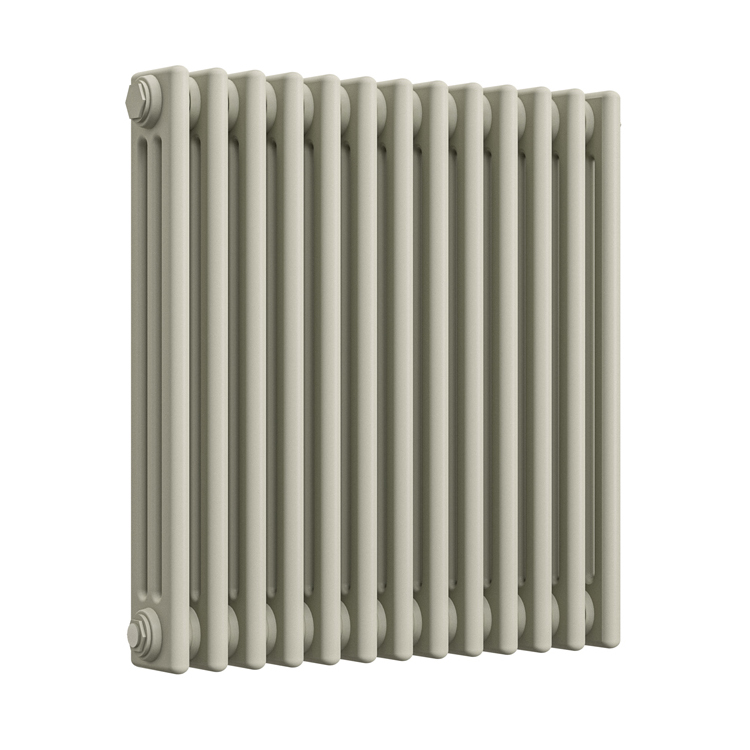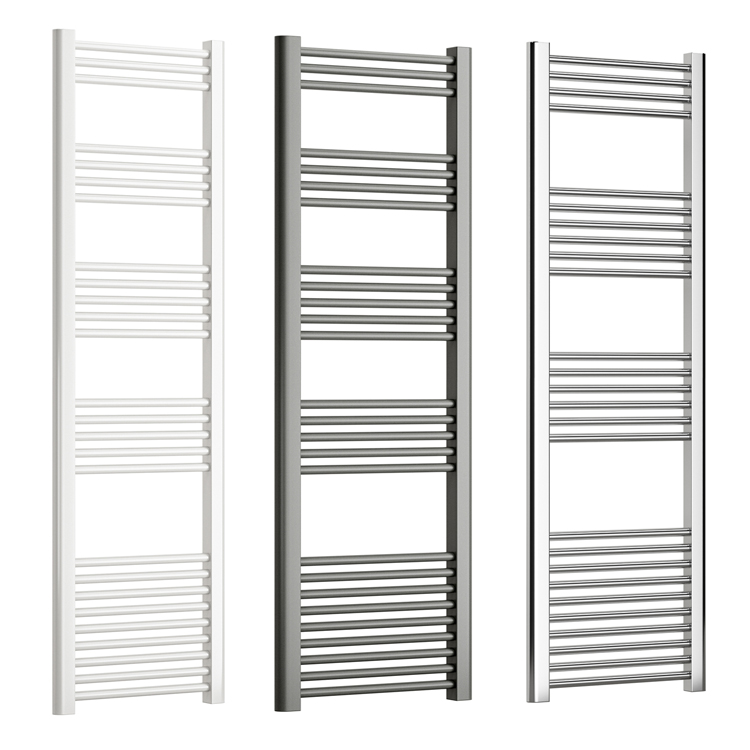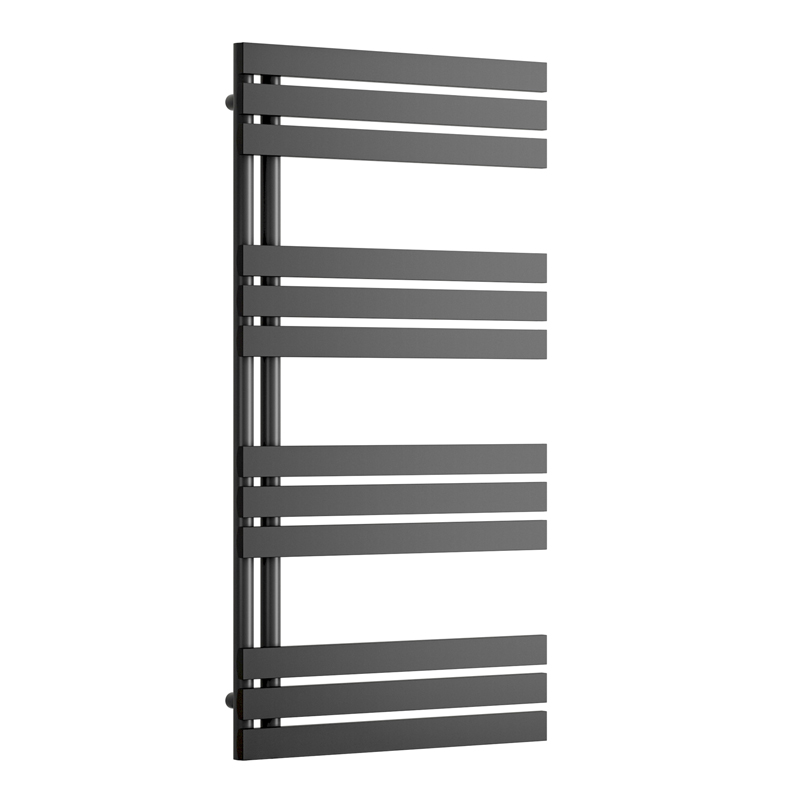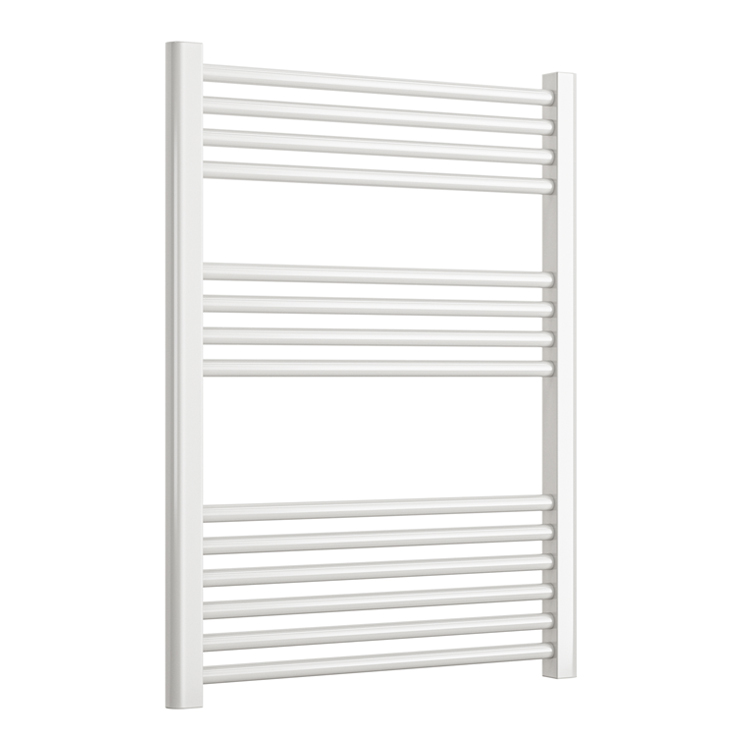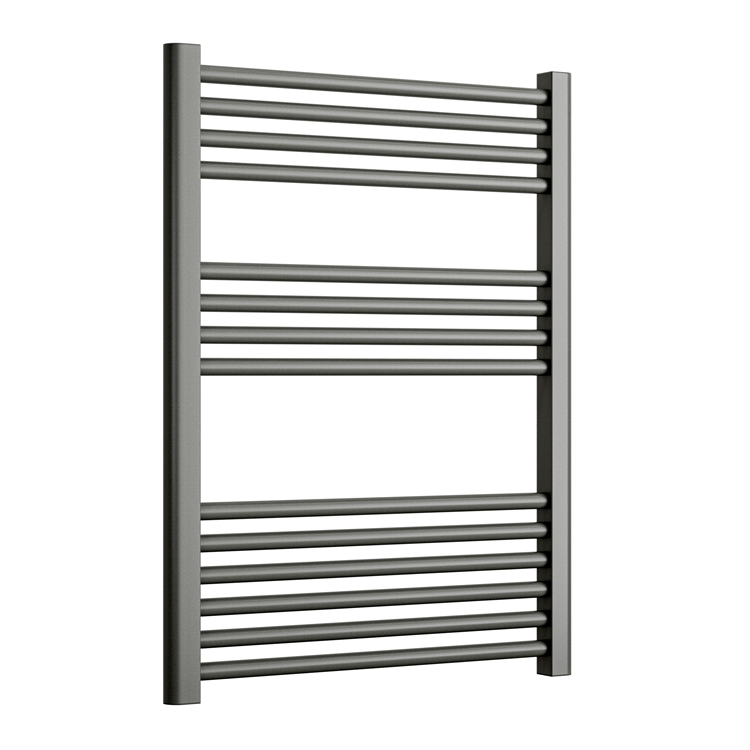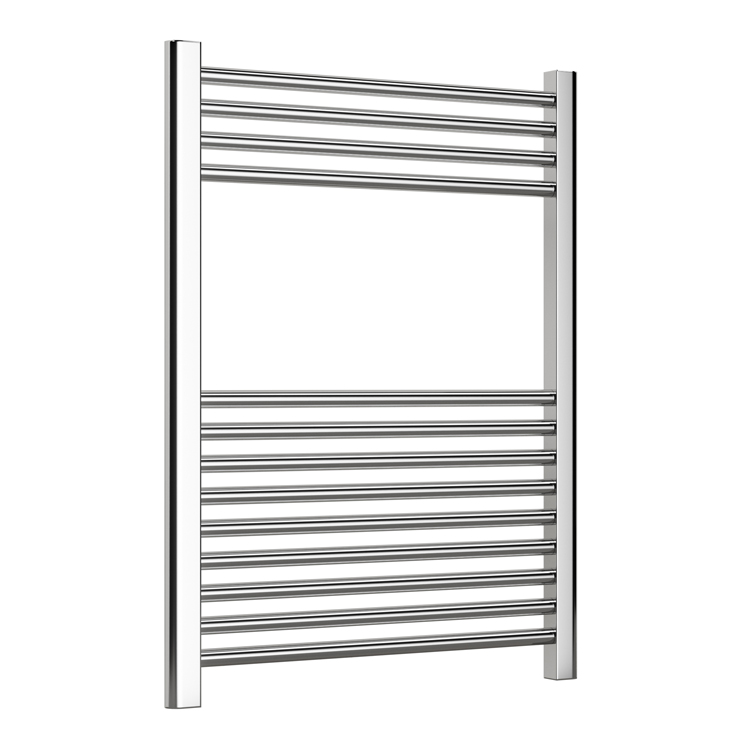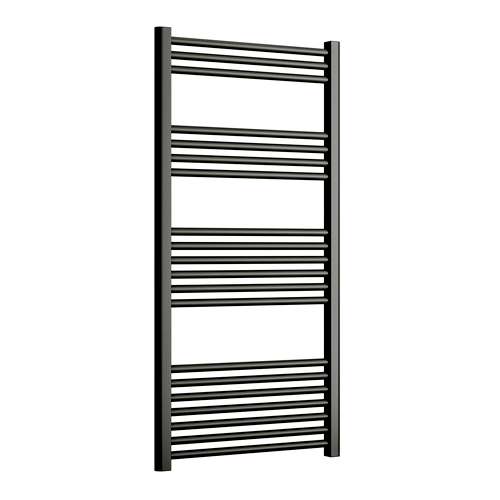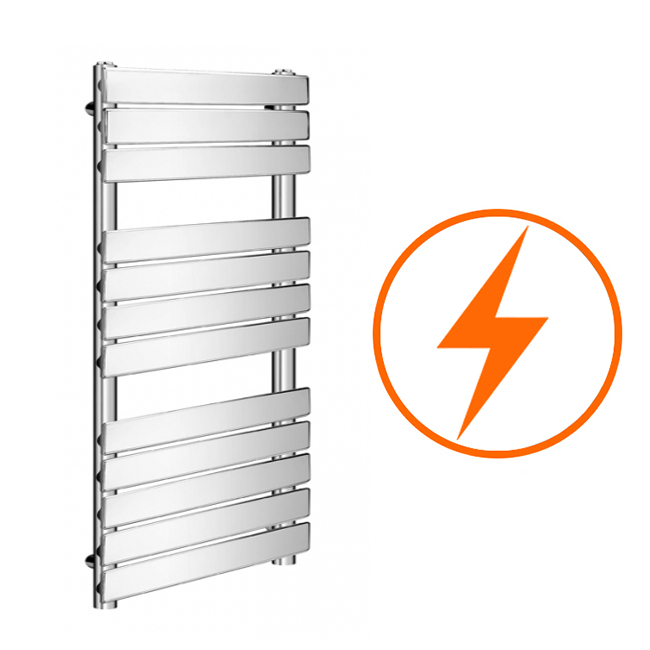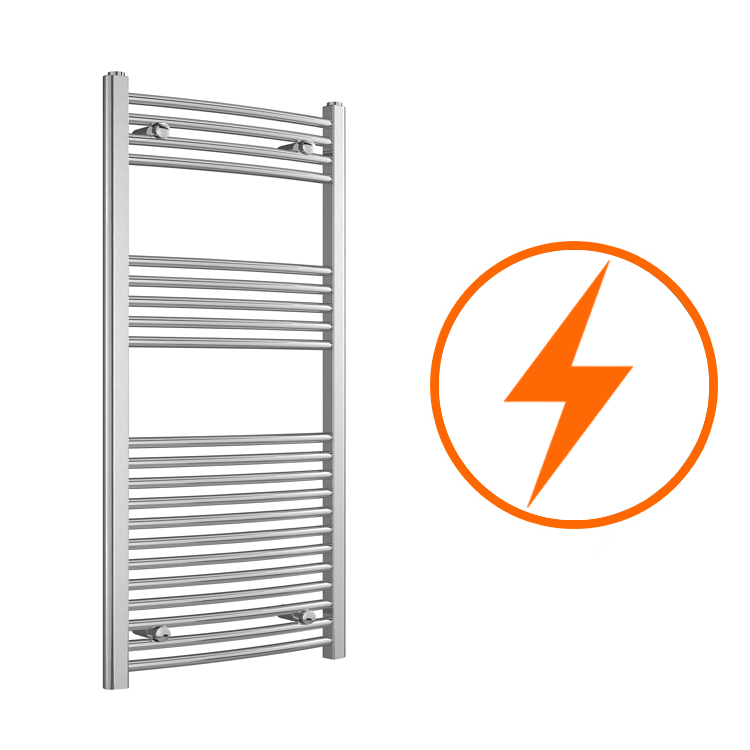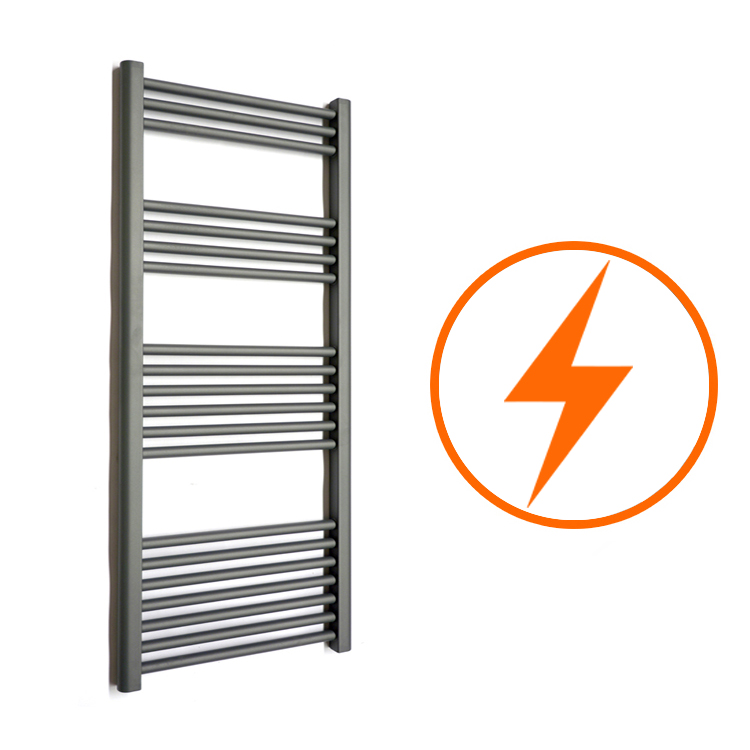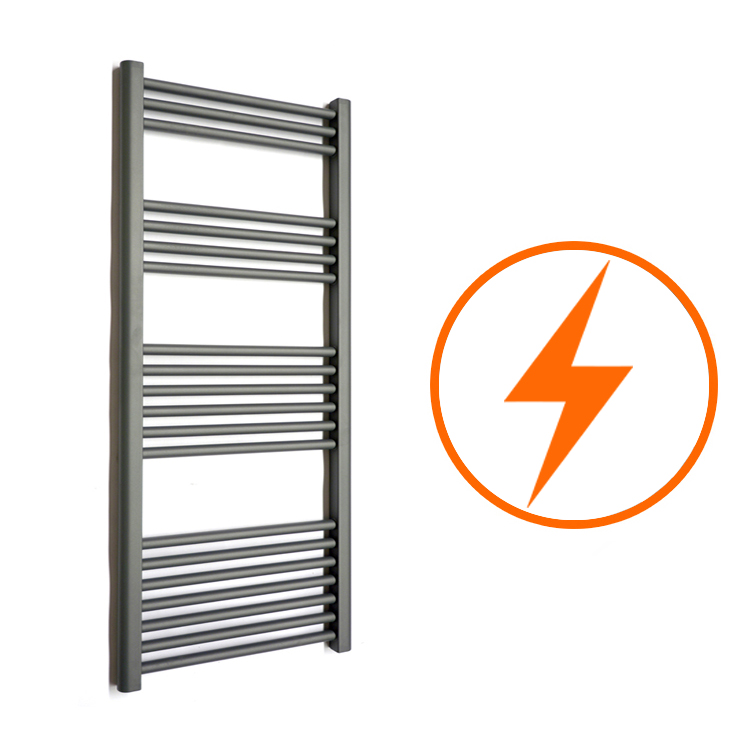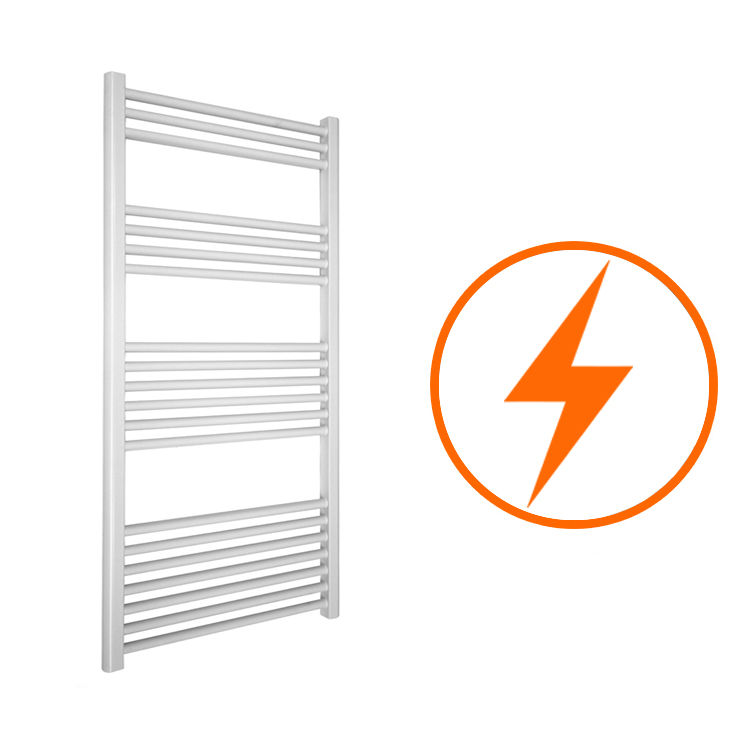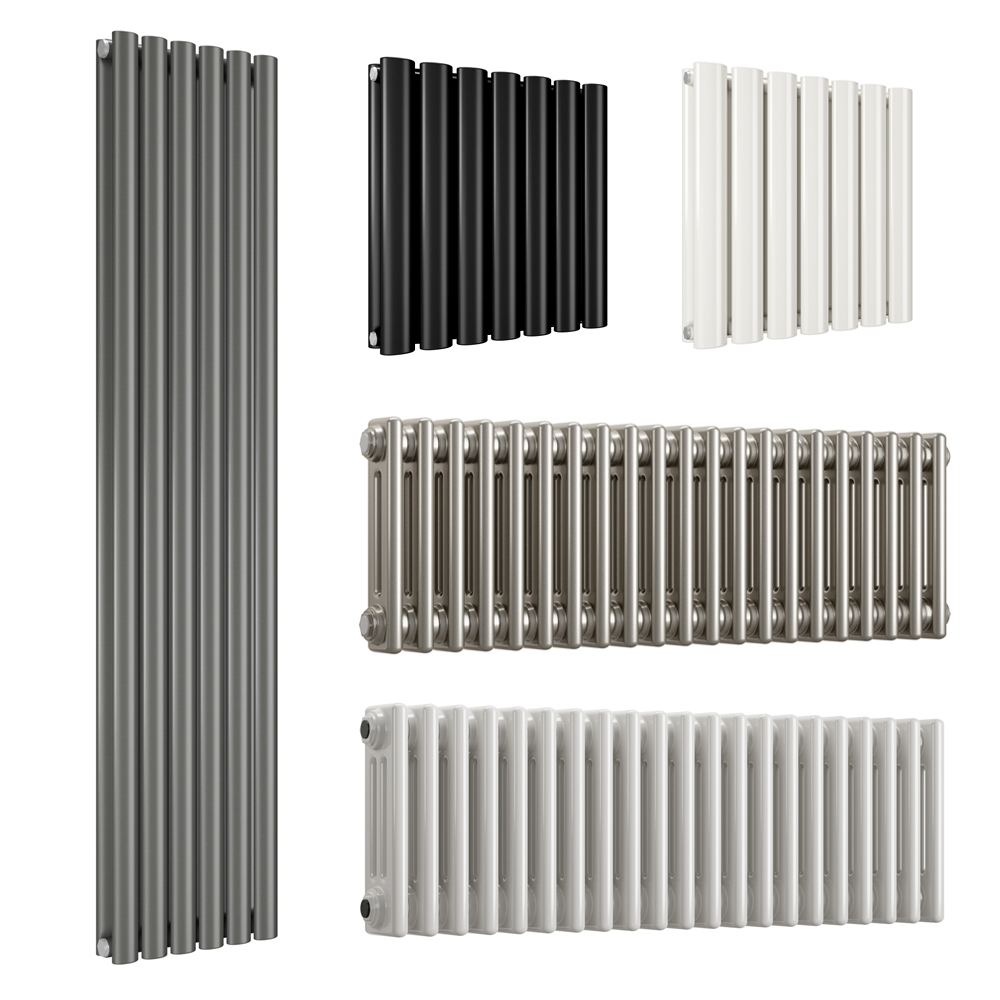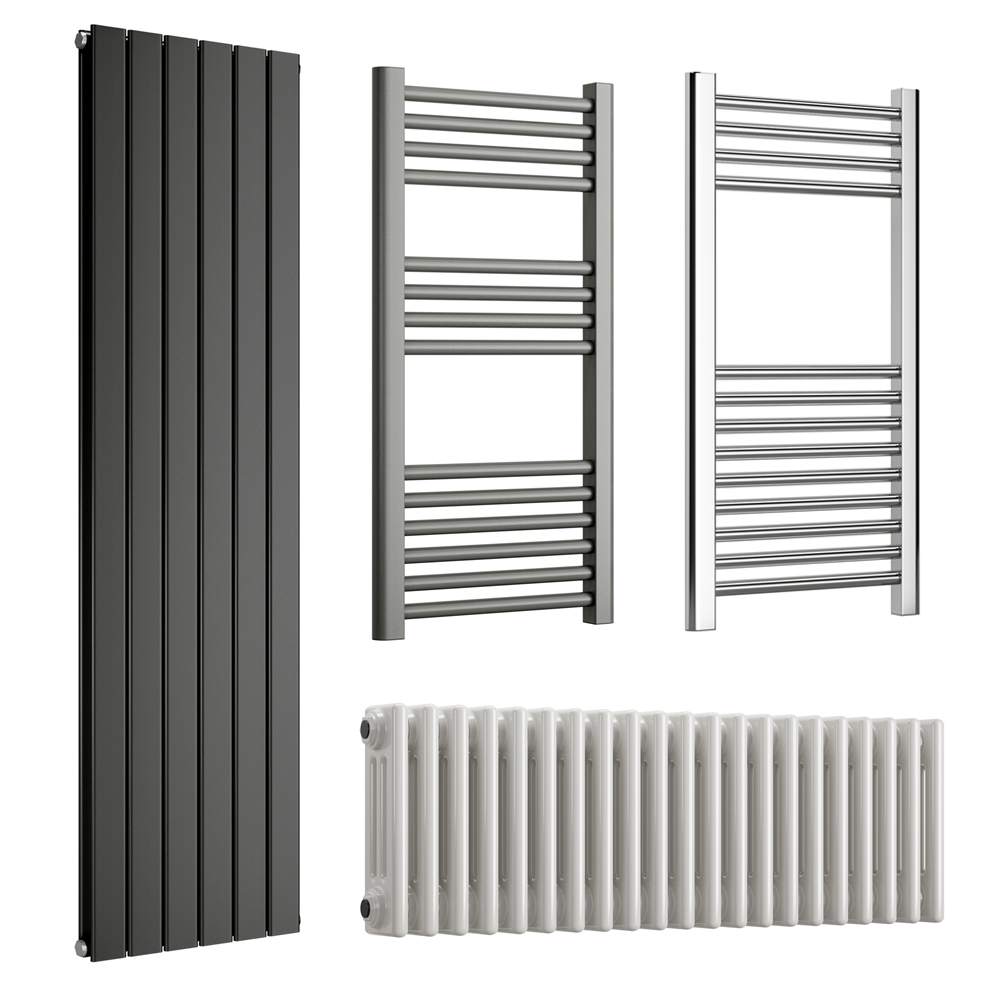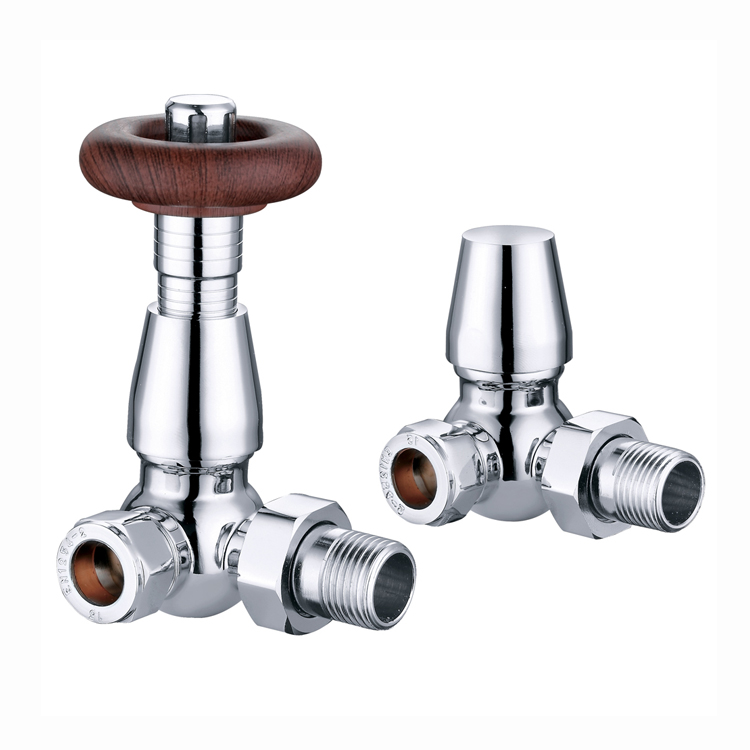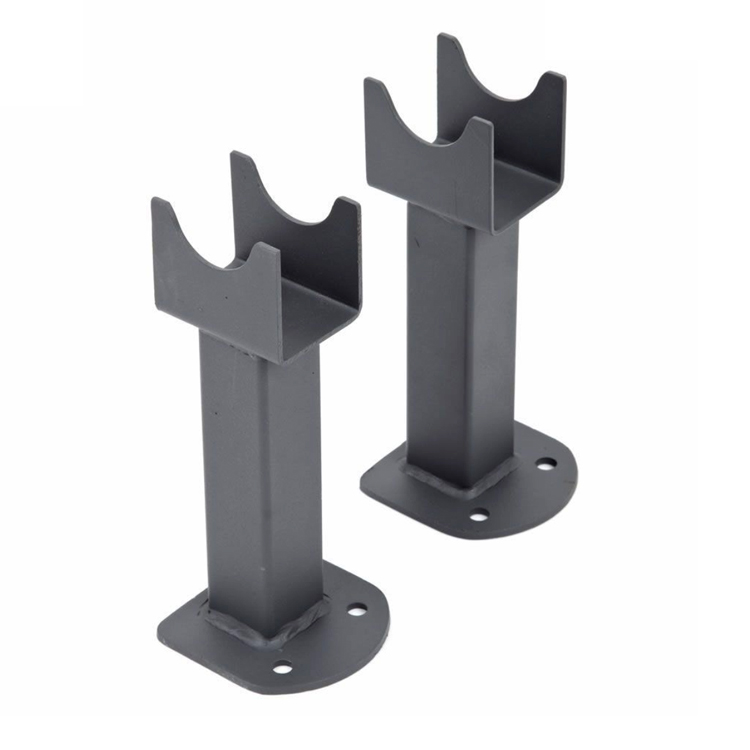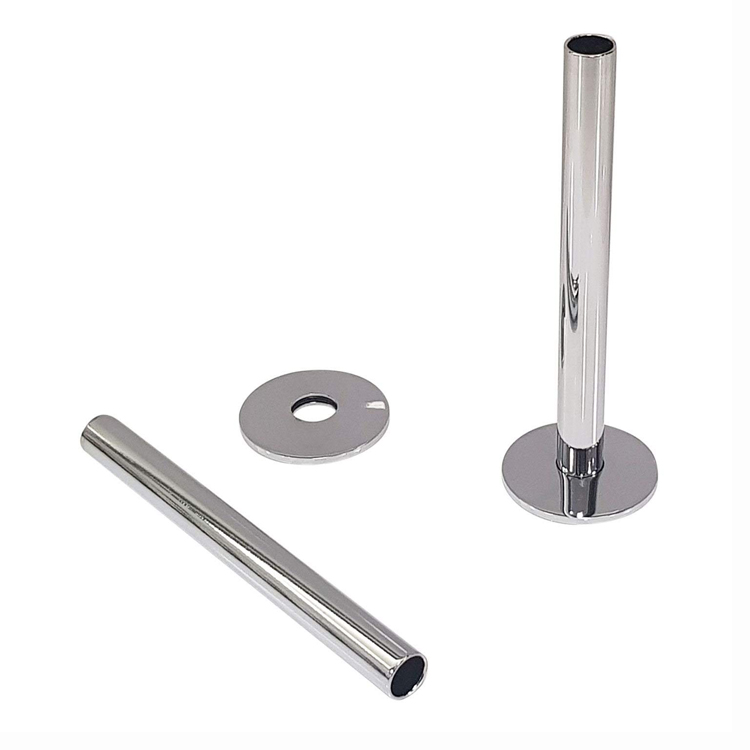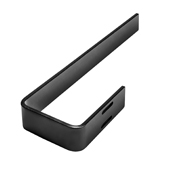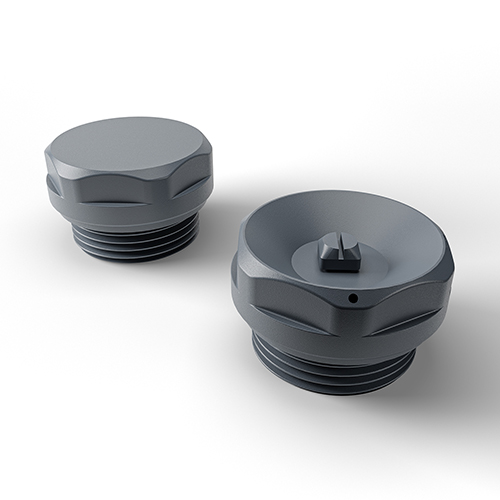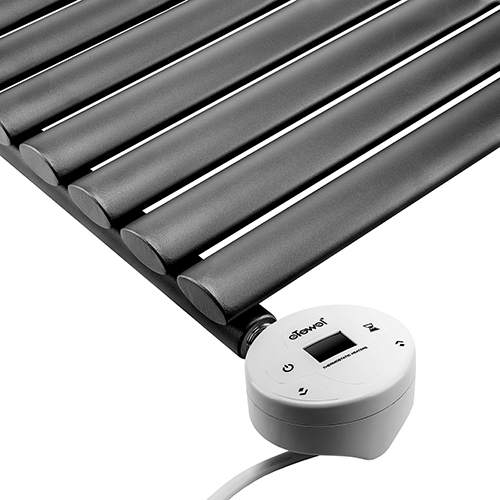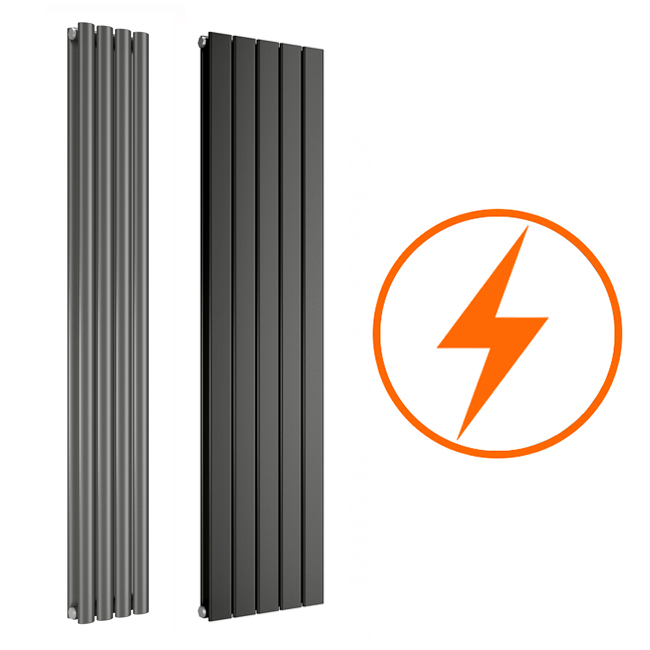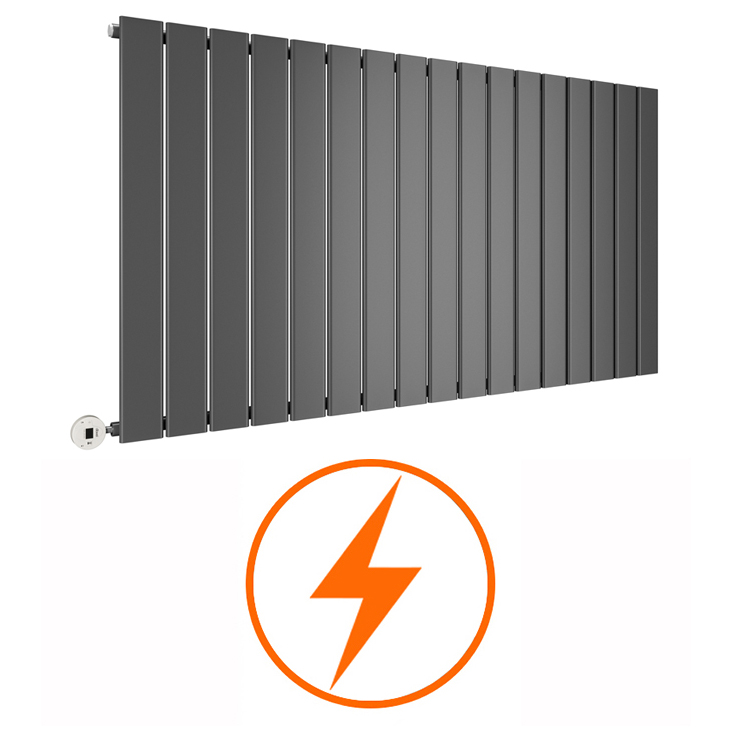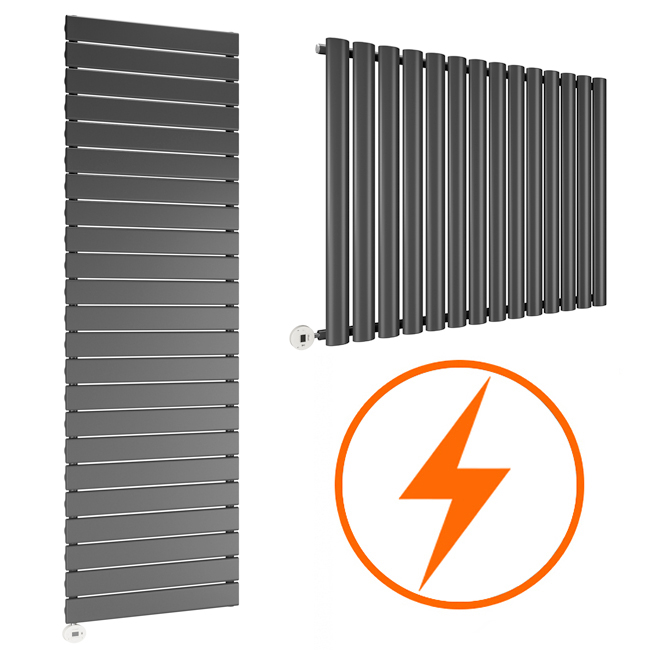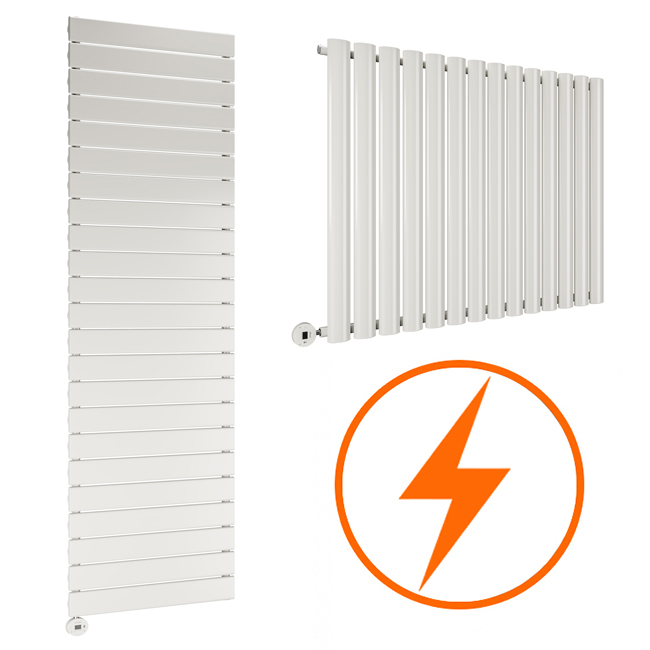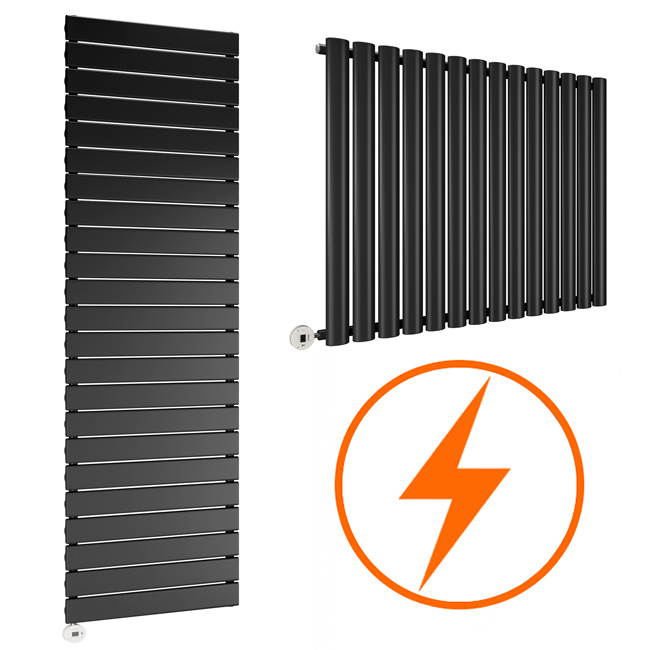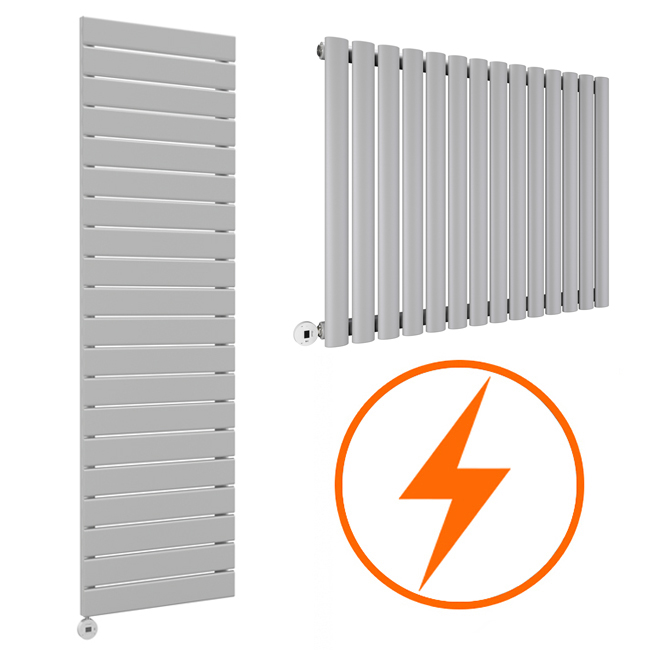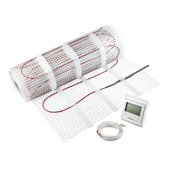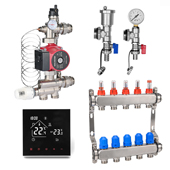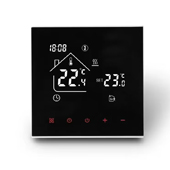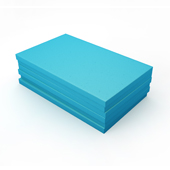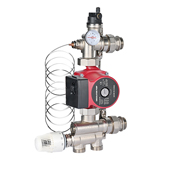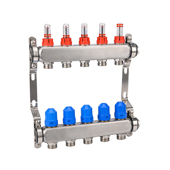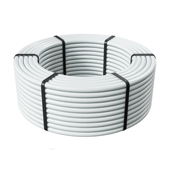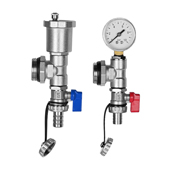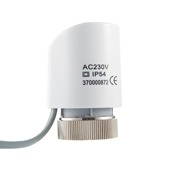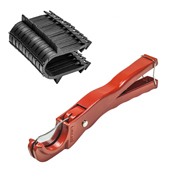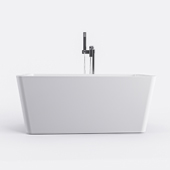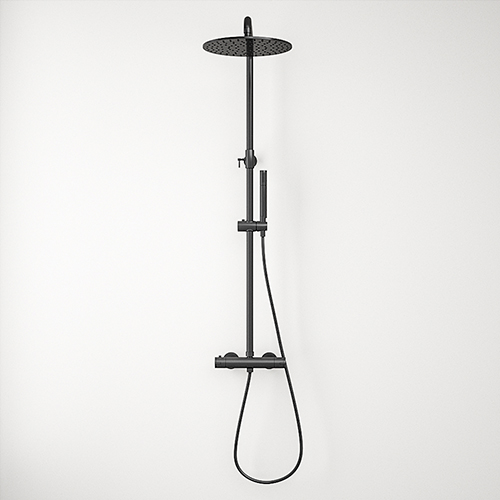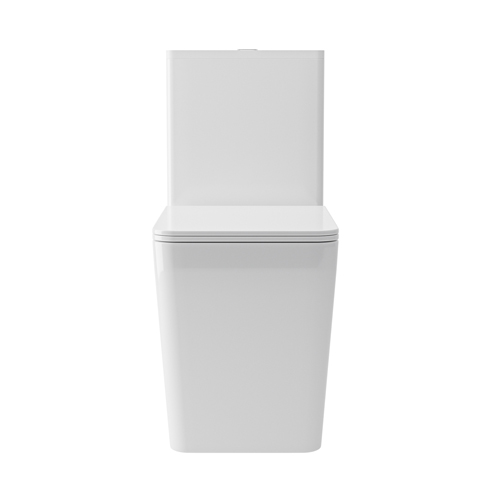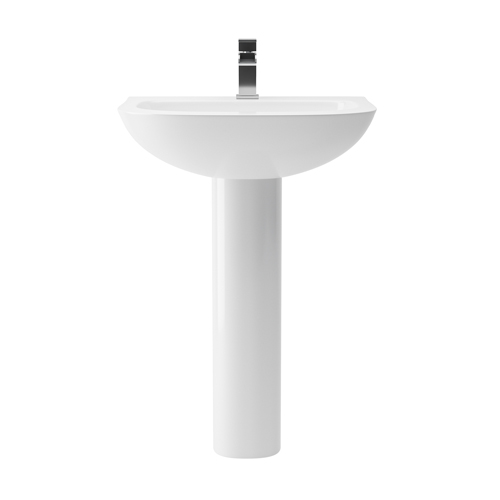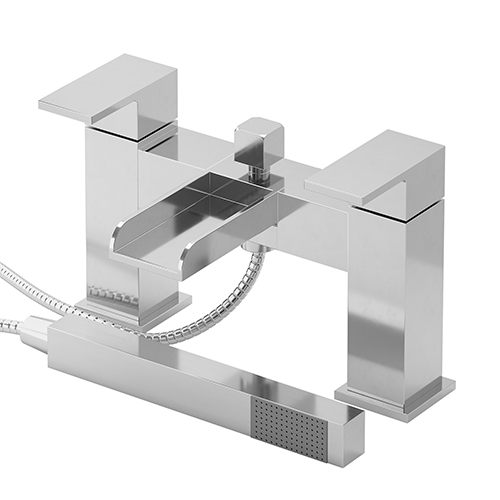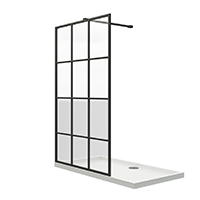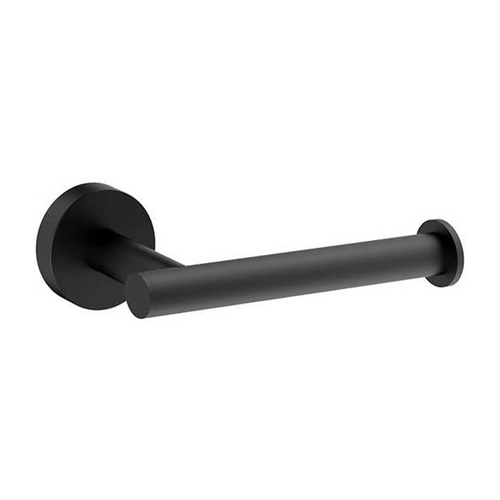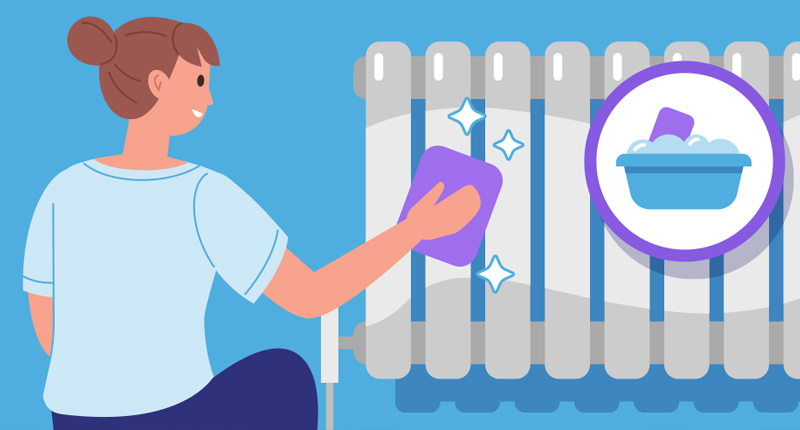How NOT to clean a radiator
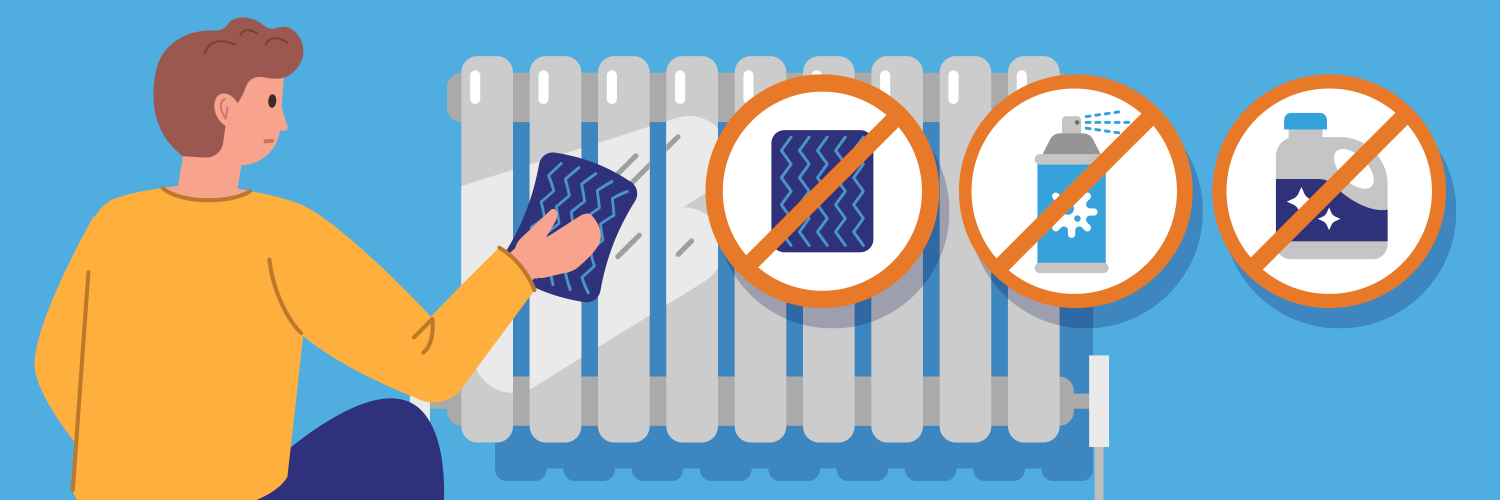
Neglecting radiator maintenance is a common oversight, but using the wrong cleaning products can lead to dire consequences. Social media is full of supposed “hacks”, but many of these tips involve hazardous materials that pose risks such as fires and paint damage. Therefore, it's crucial to understand what not to use when cleaning your radiator to ensure both safety and effectiveness.
Why clean radiators?
Aside from aesthetics, keeping radiators clean is essential for efficiency and cost savings.
The frequency of radiator cleaning depends on various factors, including household dust levels, the presence of pets and the age of the heating system. Generally, radiators should be cleaned at least once or twice a year to maintain optimal performance. However, households with higher dust levels or allergy sufferers may benefit from more frequent cleaning schedules.
Neglecting radiator maintenance can lead to several consequences, including reduced heating efficiency, increased energy consumption and potential breakdowns. A neglected radiator may develop blockages due to dust and debris accumulation, hindering heat distribution and forcing the system to work harder. Over time, this can lead to higher energy bills and costly repairs.
Dirty radiators also contribute to poor indoor air quality, increasing the risk of respiratory issues and allergies. Dust mites and mould spores thrive in dusty environments, exacerbating symptoms for individuals with asthma and allergies. By keeping radiators clean, you can mitigate these health risks and create a healthier living environment for you and your family.
Products you should NOT use to clean a radiator
Abrasive materials
When tackling dirt buildup, avoid abrasive products like Brillo pads. These can scratch surfaces and strip paint, leaving your radiator damaged. Instead, opt for gentle cleaning methods using soft cloths or sponges.
Antibacterial products
Aerosols and sprays containing antibacterial agents, such as Zoflora, pose a significant fire risk. These chemicals react with heat and may lead to explosions. Prioritise your safety by ensuring the radiator is switched off for at least two hours before cleaning with non-flammable solutions.
Bleach
Beware of corrosive chemicals like bleach, which can shorten the radiator's lifespan and damage metal surfaces. Avoid using bleach, especially on coloured radiators, as it can cause permanent damage and fading. Instead, opt for safer alternatives like diluted white vinegar for streak-free cleaning.
Recommended radiator cleaning method
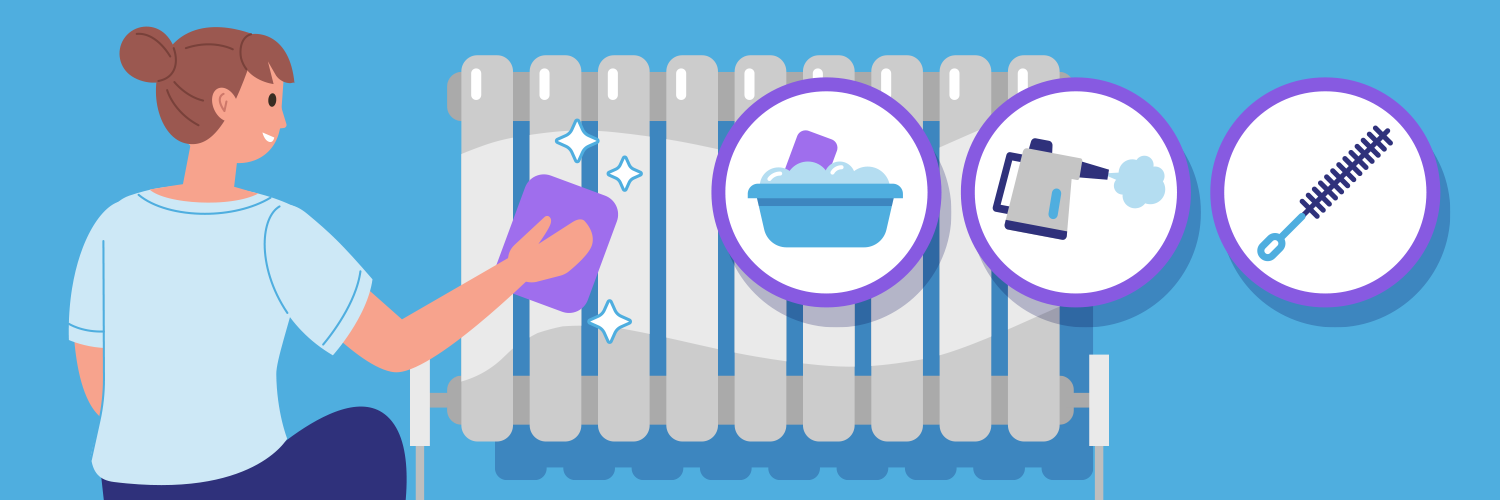
For optimal results without risking damage, follow these steps:
-
Turn off the radiator and allow it to cool for a few hours
-
Use a hairdryer to blow out excess dust
-
Mix warm water with gentle washing-up liquid
-
Apply the soapy solution to a soft cloth or sponge and wipe the radiator surface
-
Place a bowl beneath the radiator to catch any drips
-
Enjoy clean radiators without the threat of danger or damage
When choosing cleaning products and methods for radiators, consider the environmental impact and opt for eco-friendly alternatives whenever possible. Look for biodegradable cleaning solutions and sustainable practices that minimise harm to the environment. By prioritising eco-friendly options, you can reduce your carbon footprint and contribute to a healthier planet.
Alternative cleaning methods
In addition to the recommended cleaning method, there are several alternative techniques for cleaning radiators effectively. Steam cleaners offer a chemical-free and efficient way to remove dirt and grime from radiators. Radiator brushes with long, flexible handles can reach narrow spaces between fins, ensuring thorough cleaning. Additionally, specific radiator cleaning solutions available on the market can help dissolve stubborn stains and debris without causing damage.
Preventative maintenance
Preventative maintenance measures can prolong the lifespan of radiators and reduce the need for frequent cleaning. Installing radiator covers or screens can prevent dust buildup and protect radiators from damage. Using air purifiers can help reduce indoor pollutants, including dust mites and allergens, promoting better indoor air quality. Implementing regular dusting and vacuuming routines can also prevent dust accumulation on radiators and other surfaces.
Maintaining clean radiators is crucial for optimal performance and safety. By avoiding harmful products and following recommended cleaning methods, you can ensure efficient heating and prolong the lifespan of your radiators. Stay safe and enjoy the benefits of a well-maintained heating system!
FAQs about cleaning radiators
Do clean radiators work more efficiently?
Yes, clean radiators operate more efficiently as unobstructed gaps between panels allow for better heat distribution.
How to clean inside a radiator?
Use a thin stick or wooden plank with a towel attached to reach narrow crevasses and remove dust and dirt.
How do I clean my column radiator?
Soak a dishcloth in hot, soapy water and wipe down the radiator's surface, ensuring to clean between columns for thorough maintenance.
 Need Radiators FAST?
Need Radiators FAST? 



